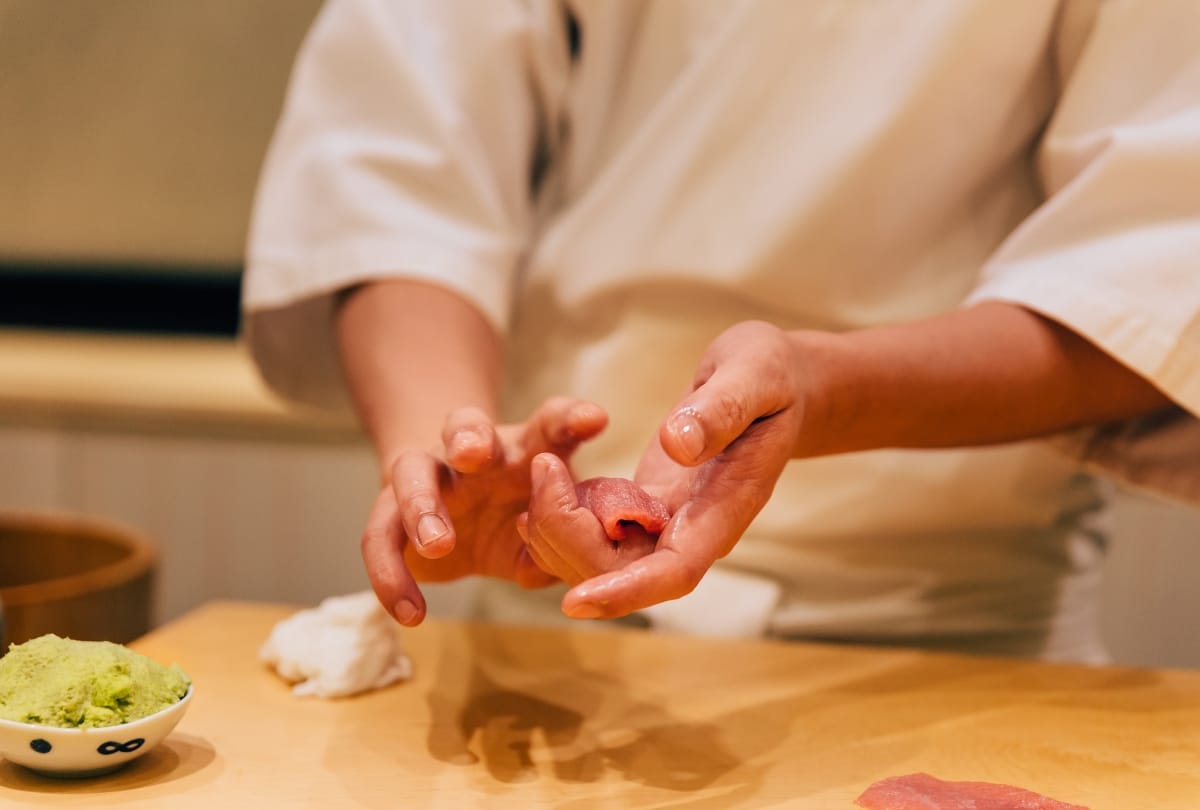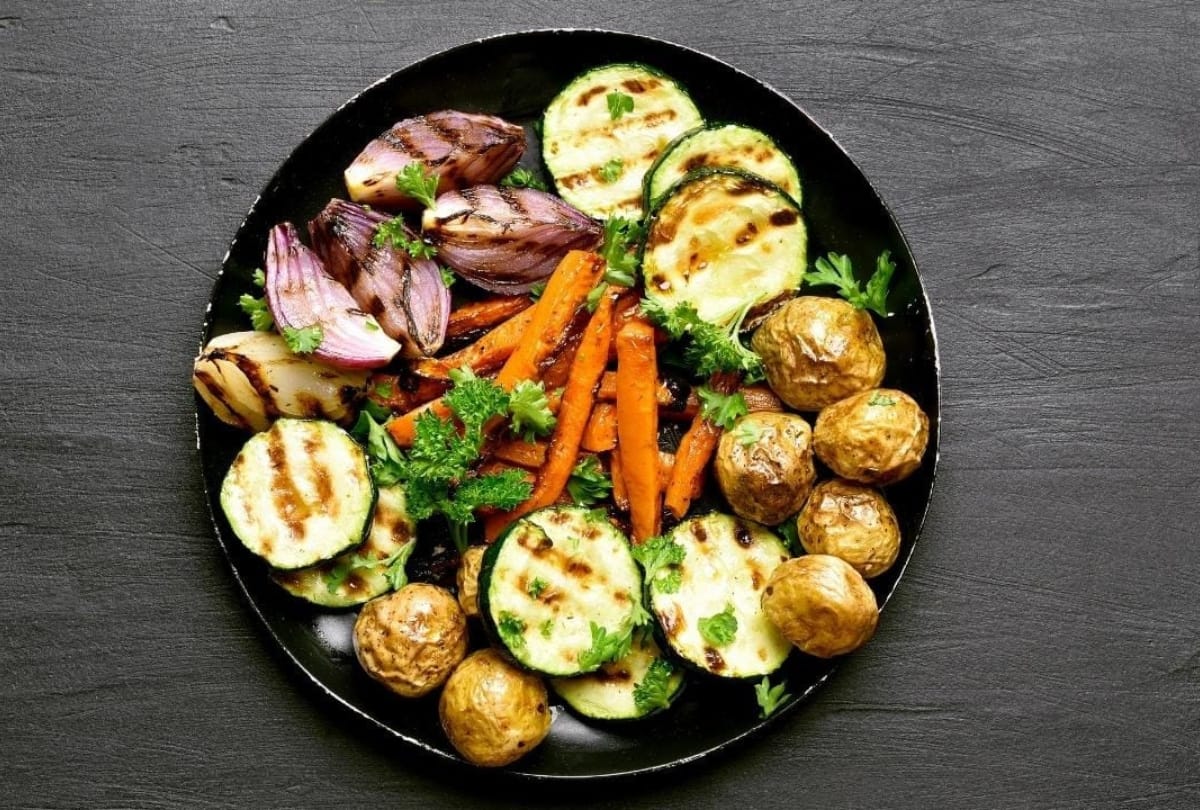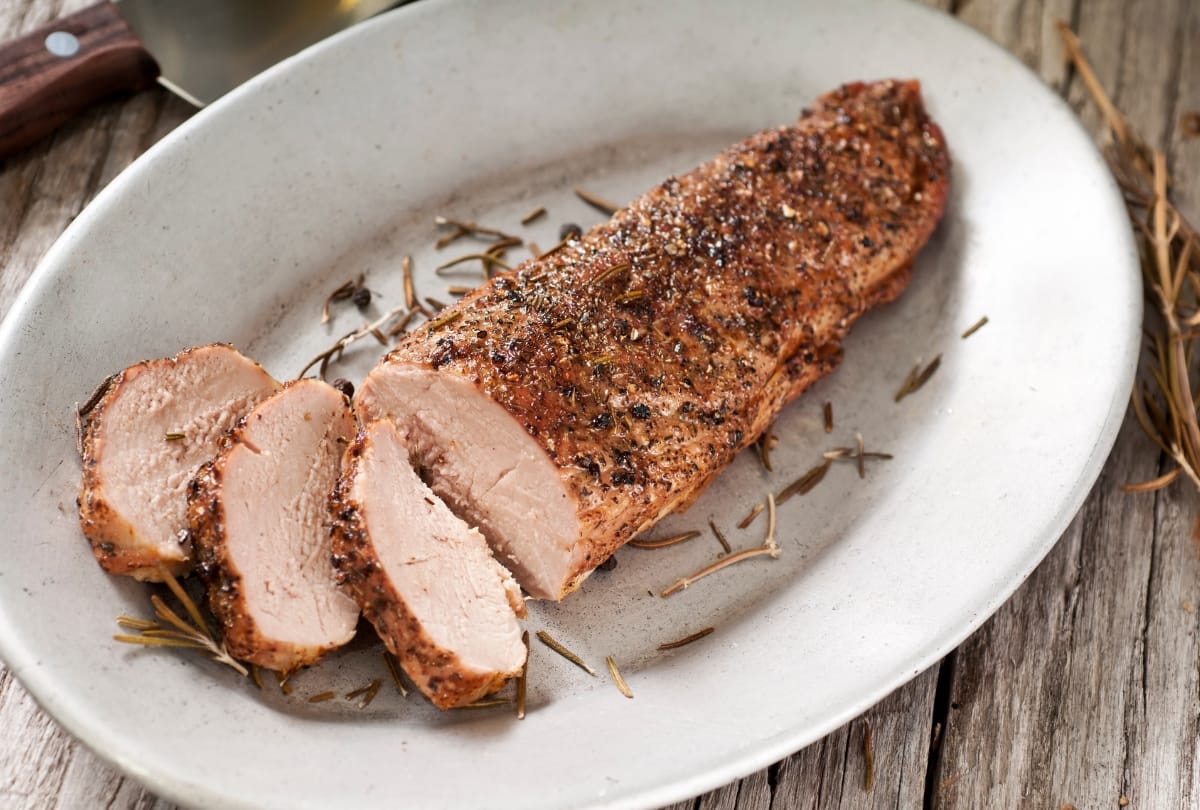Have you ever been to a restaurant where you didn't have to choose your own dishes? Where the chef surprises you with delicious dishes created especially for you? That's omakase! In this blog post, we delve into the world of omakase and discover all about the origins, the process, the experience, and even the cost of this unique dining experience.
[product=homakase]
Read all about Omakase in Homakase!
[/product]
The origin of Omakase
To understand exactly what omakase is, we need to go back to its origins. The word "omakase" comes from Japanese and means "I rely on you." This term is used to indicate that the guest relinquishes control and places complete trust in the chef. The idea behind omakase is that the chef selects the best ingredients of the day and prepares them with care and expertise.
This tradition began in the Edo period (1603-1868) in Japan, when sushi restaurants emerged. Back then, there were no menus, and diners relied entirely on the chef to create their meal. The chef would select the fresh fish and other ingredients of the day and prepare them in a unique and flavorful way.
[product=mes-santoku]
Experience the difference with the Hendi Santoku knife. A perfect blend of tradition and quality, this knife is a must-have for every serious chef and kitchen enthusiast.
[/product]
The meaning of Omakase
Omakase isn't just a meal. It's a culinary experience in itself. It's all about trust and being open to the chef's new flavors and creations. By giving the chef free rein, guests can sample dishes they might otherwise never have ordered.
The Omakase experience often begins with a greeting from the chef, who welcomes guests and explains what to expect. Then, the culinary journey begins, with the chef serving a variety of dishes, ranging from sushi and sashimi to hot dishes like tempura and grilled fish. Each dish is carefully composed and presented, offering guests a unique tasting experience.

The role of Omakase in Japanese culture
Omakase is deeply rooted in Japanese culture and is considered a sign of respect and appreciation for the chef. The concept of trust and allowing the expert to shape your meal has been valued in Japan for centuries. It's a unique way to acknowledge the chef's skill and savor their creations.
In Japan, the relationship between chef and guest is paramount. It's customary for the chef to personally serve the dishes to guests and explain the ingredients and preparation methods. This creates an intimate atmosphere and makes the dining experience even more special.
Moreover, Omakase is not just a culinary experience, but also a cultural one. It offers guests the opportunity to discover Japanese cuisine and traditions. Dishes are often served on traditional Japanese tableware, and the presentation is often a work of art in itself.
Omakase's popularity has grown worldwide in recent years, with more and more restaurants offering this unique dining experience. It's a way to experience Japanese gastronomy and savor the chef's skill.
The process of an Omakase meal
An Omakase meal is much more than just food. It's a collaboration between the chef and the guests, with each dish carefully prepared and presented. Let's look at two key aspects of the Omakase process: the chef's role and the ingredients used.
The role of the chef in Omakase
The chef is the star of the show during an Omakase meal. He or she determines the order of the dishes, the presentation, and even how the guests experience the meal. The chef will often personally serve the dishes and explain the ingredients and preparation methods.
The chef is not only a master of food preparation but also a storyteller. During an Omakase meal, the chef will often share interesting stories about the origins of the ingredients, the traditions behind certain dishes, and the techniques used in the kitchen. These stories add an extra layer of meaning to the meal and make dining a unique and educational experience.
Moreover, the chef is also responsible for creating a harmonious dining experience. He or she will carefully coordinate dishes so that the flavors complement and enhance each other. This requires not only culinary skill but also a strong understanding of flavor combinations and balance. The chef strives to offer every guest an unforgettable culinary journey.

The ingredients of an Omakase meal
At Omakase, everything revolves around the freshness and quality of the ingredients. The chef selects the finest seasonal produce and uses it to create the most flavorful dishes. From sashimi and sushi to deliciously marinated meats, each dish is a work of art in itself.
The chef often works closely with local suppliers and farmers to source the finest ingredients. He or she chooses sustainable and organic products whenever possible, enhancing the flavor and quality of the dishes. The chef has in-depth knowledge of the various ingredients and knows exactly how to best utilize them in the dishes.
Seasonality also plays a key role in the Omakase menu. The chef uses ingredients at their peak freshness and flavor, creating an intense and authentic taste experience. Each season brings new possibilities and inspiration to the chef, ensuring the Omakase menu remains constantly evolving and innovative.

The Omakase Experience
An Omakase meal isn't just a gastronomic experience; it's also a social occasion. Below, we'll explore what to expect at an Omakase dinner and how to best behave.
An Omakase dinner is a unique culinary experience where the chef takes you on a delicious journey. The word "Omakase" literally means "I leave it to you" in Japanese, indicating that you are handing over complete control of your meal to the chef. This means you don't have a menu to choose from; instead, the chef selects the dishes for you based on the finest ingredients available at the time.
When you visit an Omakase restaurant, you can expect to be treated to delicious, carefully prepared dishes. Each dish will be unique, and you'll be amazed by the chef's creativity. Dishes are often served in small portions, giving you the chance to savor each dish and discover its diverse flavors.
Expect an intimate atmosphere where the chef interacts with guests and tantalizes their taste buds. The chef will often greet you personally and explain the ingredients and preparation methods of the dishes. This creates a unique and personal experience, offering a glimpse into the chef's culinary world.
What to Expect at an Omakase Dinner
Besides the delicious dishes and the interaction with the chef, you can also expect other surprises at an Omakase dinner. Some restaurants, for example, offer a matching drinks menu, where you can enjoy specially selected wines, sake, or other beverages that perfectly complement the dishes.
The chef can also surprise you with seasonal ingredients or unique preparation methods. This adds an extra dimension to your culinary experience and makes dinner even more special.

How to behave during an Omakase meal
During an Omakase meal, it's important to be respectful and grateful. Listen to the chef's instructions and eat the dishes as they were intended. The chef has put a lot of time and effort into preparing the dishes, so it's important to savor them and appreciate the flavors.
Don't be afraid to ask questions and show interest in the culinary arts being created right before your eyes. The chef will appreciate your curiosity and will be happy to share more about the ingredients, preparation methods, and philosophy behind his dishes.
It's also important to silence your phone and avoid too many distractions during dinner. An Omakase meal is meant to be fully savored and immersed in the chef's culinary world.
Omakase outside Japan
Omakase has gained popularity worldwide in recent years. Below, we'll explore why this is the case and how to find an omakase restaurant, even if you're not in Japan.
The popularity of Omakase worldwide
People around the world are increasingly interested in unique dining experiences and culinary adventures. Omakase offers just that—a chance to discover new flavors and dishes that will surprise you. The combination of trust in the chef and the surprising dishes makes Omakase a popular choice among foodies worldwide.
Finding an Omakase restaurant in the Netherlands
If you're in the Netherlands and eager to try an Omakase meal, you don't have to look far. Do some research and read reviews to ensure you find the right place for your culinary adventure.
The cost of Omakase
Now that you know all about omakase, you might be wondering if it's worth the price. Below, we'll discuss some factors that influence the price of an omakase meal and give our opinion on whether it's worth the money.
Factors That Influence the Price of Omakase
The price of an Omakase meal can vary depending on several factors. The chef's reputation and experience, the quality of the ingredients, and the restaurant's exclusivity can all influence the price you pay. Expect Omakase to be on the pricey side, but remember you're paying for a unique culinary experience.
Is Omakase worth the money?
While Omakase may not be affordable for everyone, we can confidently say it's worth it. The carefully selected ingredients, the chef's creativity, and the unique flavors you'll experience make it an unforgettable experience. If you're looking for a culinary adventure that will tantalize your taste buds and introduce you to a new world of gastronomy, Omakase is definitely worth the price.
With its rich history, unique process, and unparalleled experience, Omakase is a dining experience not to be missed. Dare to surrender to the chef's creativity and savor the surprising flavors that await you. Whether you're in Japan or anywhere else in the world, Omakase offers a culinary adventure you won't soon forget!



Leave a comment
This site is protected by hCaptcha and the hCaptcha Privacy Policy and Terms of Service apply.